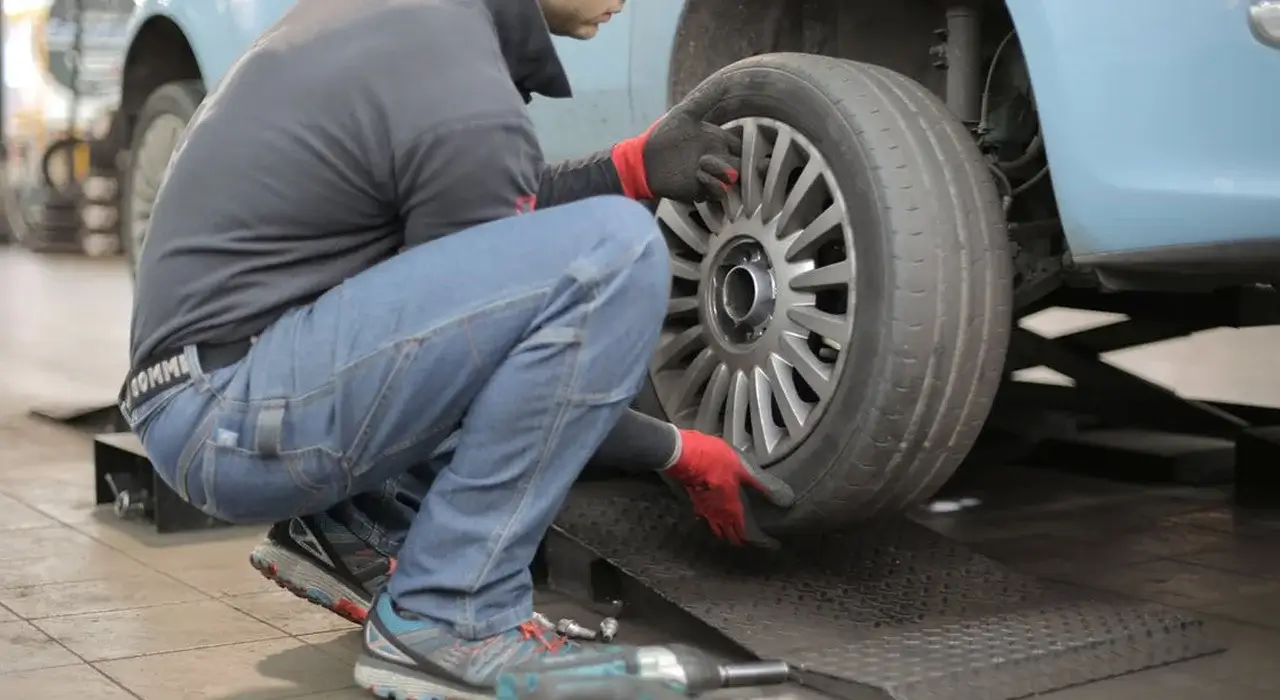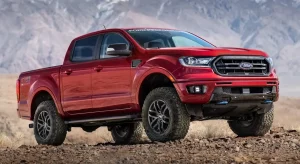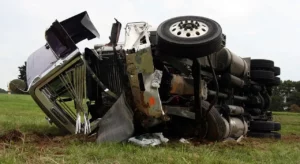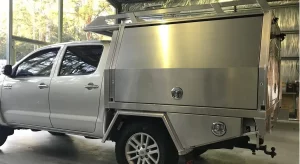Not many drivers think about their tires until a significant problem arises. According to the national highway traffic safety administration, 9% of vehicle crashes are usually a result of tire-related problems. These crashes can be prevented when the right measures are taken. Below is a tire replacement guide to help you know when you should change your tires and why it’s important.
When To Replace Your Tires
There are some signs you should check out for, and if you notice them, then it’s time to change your tires. These include:
Tread Wear
According to experts, tire treads should not fall below 2/32 inches. Measuring tire tread depth is easy. You only need to buy a measuring gauge.
Suggestion: 7 Best Wheel Lock Removal Tool Every Car Owner
Vibration
It’s normal for cars to produce some vibrations, especially when driving on poorly paved roads. However, if you feel some vibrations, you’re not used to, that could be a sign that either the tires or some other parts have a problem. If the issue is the tires, then they could need a replacement.
Car Shaking
If your car starts shaking when you’re driving fast or slowly, it could be a sign of a serious tire problem, such as slipping metal belts inside them. If that’s the case, the only solution is to get new tires.
Other problems can also cause the shaking. For example, the wheels could be out of alignment or unbalanced. A mechanic can fix these.
Traction Problems on Slippery Roads
If you have started experiencing difficulties when driving on wet, slippery roads, it could be that your tires have traction problems. This happens when the tires are worn out and the grooves get less shallow.
Cracks
Cracks can easily be identified through a visual check. Cracks on the sidewall can indicate that a tire is about to blow out or is already leaking. If you notice them, take the car for repair but if they look serious, replacing the tire is the better option.
Popular For You: 9 Best All-Purpose Cleaner For Car Interior Review
Even if your tires don’t develop any of the abovementioned problems, you should change them after some years. Some manufacturers recommend that they should be changed after ten years, while others recommend sooner than that.
Why You Should Replace Your Tires
Driving with worn-out or damaged tires is very dangerous. Replacing them is very crucial as it prevents problems like:
Overheating
A very worn-out tire with little treads is referred to as a bald tire. The rubber of these tires comes into contact with the asphalt on the road, which may make them overheat. Overheating can cause a tire to blow out.
Puncture
The rubber on tires with little treads is very delicate and can develop punctures when it comes into contact with glasses or other sharp objects on the road.
Related Post: 9 Best Polishing Compound For Black Cars Reviews
Low Pressure
Worn-out tires lose air pressure easily, which affects the car’s braking, steering, and fuel economy. Low pressure is also a major cause of car blowouts
Problems Driving on Snow- or Ice-Covered Areas
Worn-out tires have poor traction, which makes it difficult to drive on snow-covered areas. It also increases the chances of spinning when driving on ice.
Hydroplaning
Hydroplaning occurs when water gets between the tire’s surface and the road. Good tires usually have grooves that help channel water away from them, allowing them to maintain a strong grip even when driving on wet surfaces. On worn-out tires, the grooves are usually very shallow, reducing their effectiveness and increasing the risk of hydroplaning.
Just like any other vehicle part, tires get worn out or damaged and require replacement. It’s crucial to replace them immediately they develop a problem as delaying could result in accidents.





